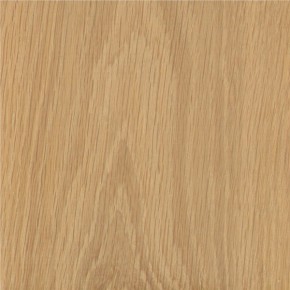Description
Color/Appearance: Heartwood is a light brown, sometimes with a slightly reddish hue, sapwood is a pale yellow to nearly white. Color tends to darken with age.
Grain/Texture: Grain is straight with an even, medium texture.
Endgrain: Large resin canals, numerous and evenly distributed, mostly solitary; earlywood to latewood transition gradual, color contrast fairly low; tracheid diameter medium to large.
Rot Resistance: The heartwood is rated as moderate to low in decay resistance.
Workability: Eastern White Pine is easy to work with both hand and machine tools. Glues and finishes well.
Odor: Eastern White Pine has a faint, resinous odor while being worked.
Allergies/Toxicity: Working with pine has been reported to cause allergic skin reactions and/or asthma-like symptoms in some people. See the articles Wood Allergies and Toxicity and Wood Dust Safety for more information.
Pricing/Availability: Eastern White Pine is widely harvested for construction lumber. Prices should be moderate for a domestic softwood.
Sustainability: This wood species is not listed in the CITES Appendices, and is reported by the IUCN as being a species of least concern.
Common Uses: Crates, boxes, interior millwork, construction lumber, carving, and boatbuilding.
Comments: Eastern White Pine is one of the most common and widely used timbers for construction lumber in the northeast United States. It’s one of the three primary commercial species of White Pine, with the other two—Sugar Pine and Western White Pine—being found on the west coast. The long, straight trunks of Eastern White Pine were once prized for use as ship masts. The king of England’s aggravating habit of marking out and reserving all the biggest and best of these trees for use in his navy lead to the Pine Tree Riot of 1772, and played a role in the events leading up to the Revolutionary War.
Related Species:
- Austrian Pine (Pinus nigra)
- Caribbean Pine (Pinus caribaea)
- Jack Pine (Pinus banksiana)
- Jeffrey Pine (Pinus jeffreyi)
- Khasi Pine (Pinus kesiya)
- Limber Pine (Pinus flexilis)
- Loblolly Pine (Pinus taeda)
- Lodgepole Pine (Pinus contorta)
- Longleaf Pine (Pinus palustris)
- Maritime Pine (Pinus pinaster)
- Ocote Pine (Pinus oocarpa)
- Patula Pine (Pinus patula)
- Pinyon Pine (Pinus edulis)
- Pitch Pine (Pinus rigida)
- Pond Pine (Pinus serotina)
- Ponderosa Pine (Pinus ponderosa)
- Radiata Pine (Pinus radiata)
- Red Pine (Pinus resinosa)
- Sand Pine (Pinus clausa)
- Scots Pine (Pinus sylvestris)
- Shortleaf Pine (Pinus echinata)
- Slash Pine (Pinus elliottii)
- Spruce Pine (Pinus glabra)
- Sugar Pine (Pinus lambertiana)
- Sumatran Pine (Pinus merkusii)
- Table Mountain Pine (Pinus pungens)
- Western White Pine (Pinus monticola)
- Virginia Pine (Pinus virginiana)
Related Articles:
- Pine Wood: An Overall Guide






Reviews
There are no reviews yet.